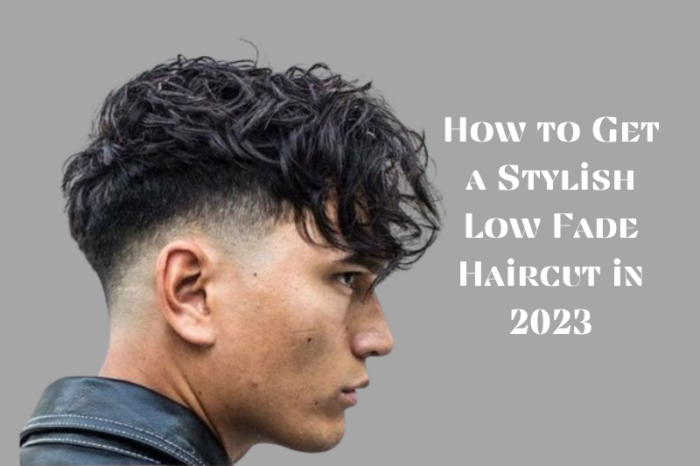A low fade haircut is a popular hairstyle that features hair gradually tapered down to the skin level around the hairline and nape of the neck. The fade refers to gradually blending the hair length from the top of the head down to the short hair around the sides and back of the head. Overall, the low fade is a timeless and classic haircut that is popular for men seeking a clean and polished look.
Low Fade Haircut Styles
This haircut style is versatile and can be worn in many different ways, from slicked-back to messy textured looks. The low fade is often paired with various hairstyles, including the crew cut, comb over, and pompadour.
Here are some different types of low fades:
Low Drop Fade
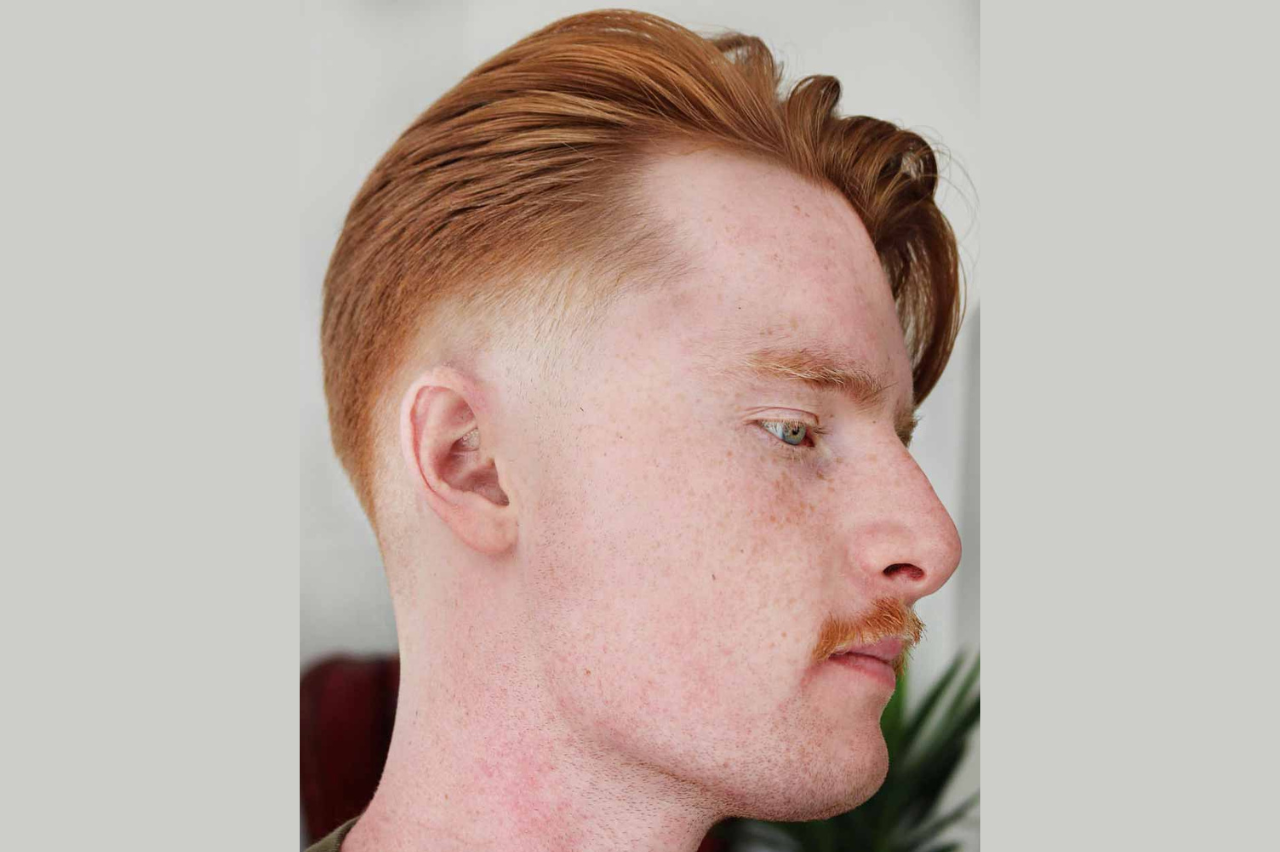
Similar to the drop fade mentioned earlier, a low drop fade drops down behind the ear, creating a sharp angle. This style is often paired with longer hair on top and can create a unique and edgy look.
Low Fade Long Hair
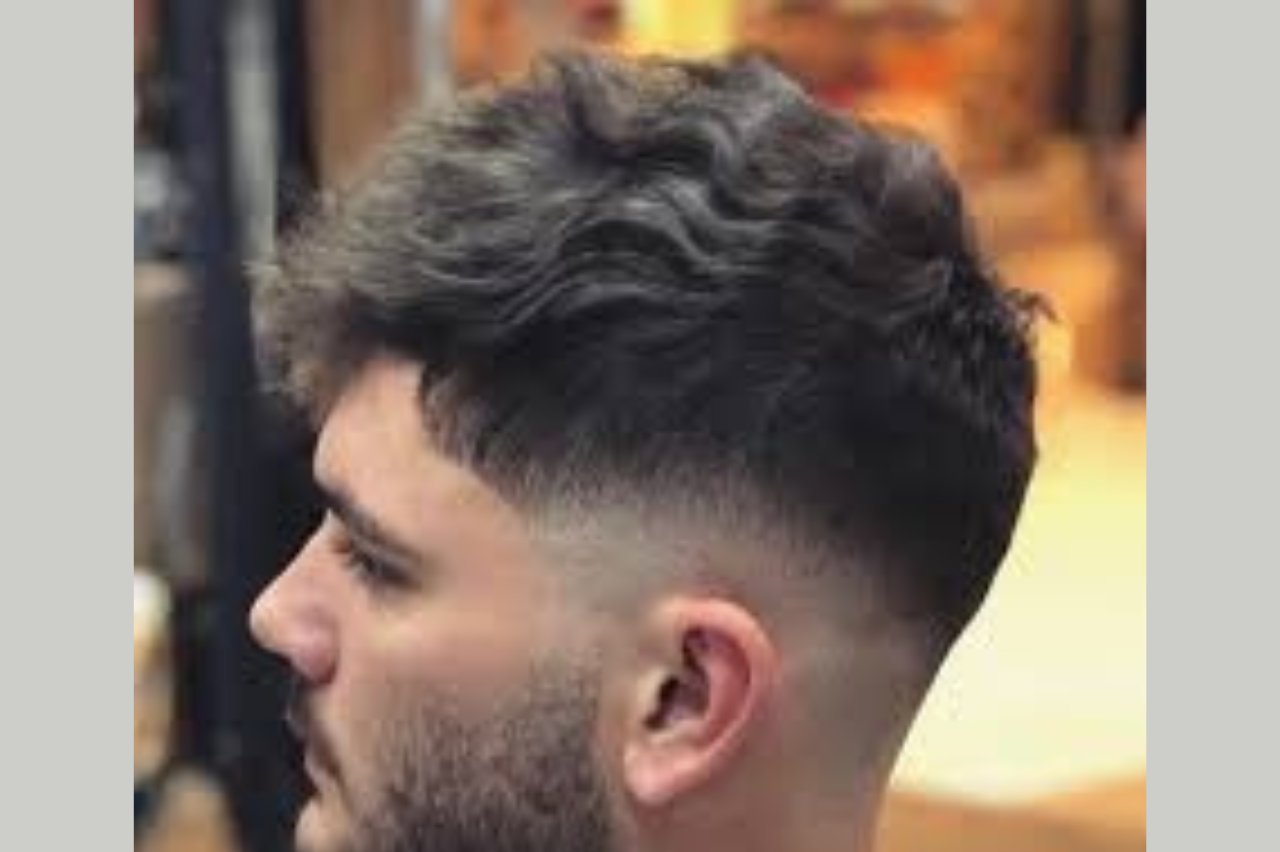
A low fade can also be paired with longer hair for a more relaxed and casual look. The low fade helps to create a polished and clean look around the sides and back of the head while allowing for more length and volume on top.
Low Fade Curly Hair
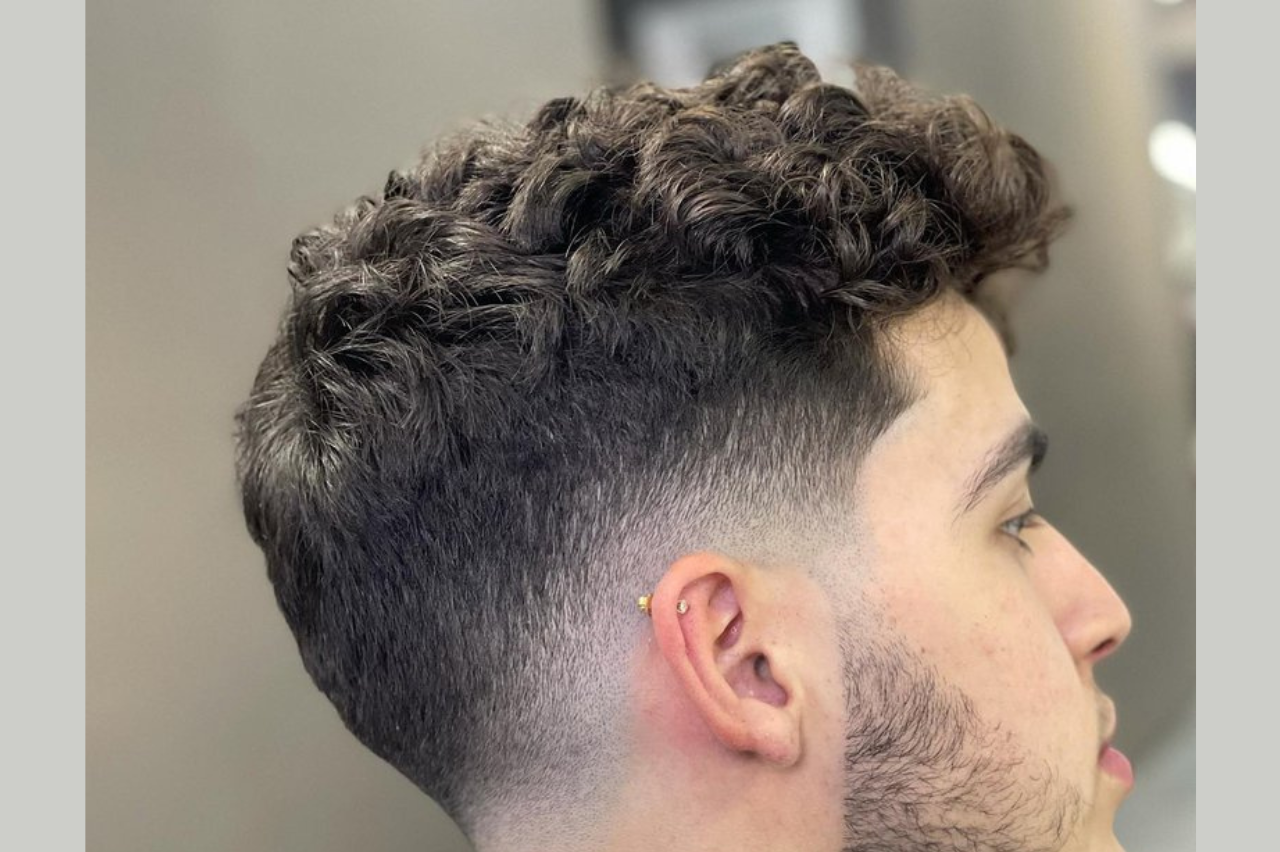
The low fade can work well with curly hair, creating a more defined and polished look around the sides and back of the head. It helps to create a clean and sharp contrast between the curly hair on top and the shorter hair around the sides.
Low Fade Undercut
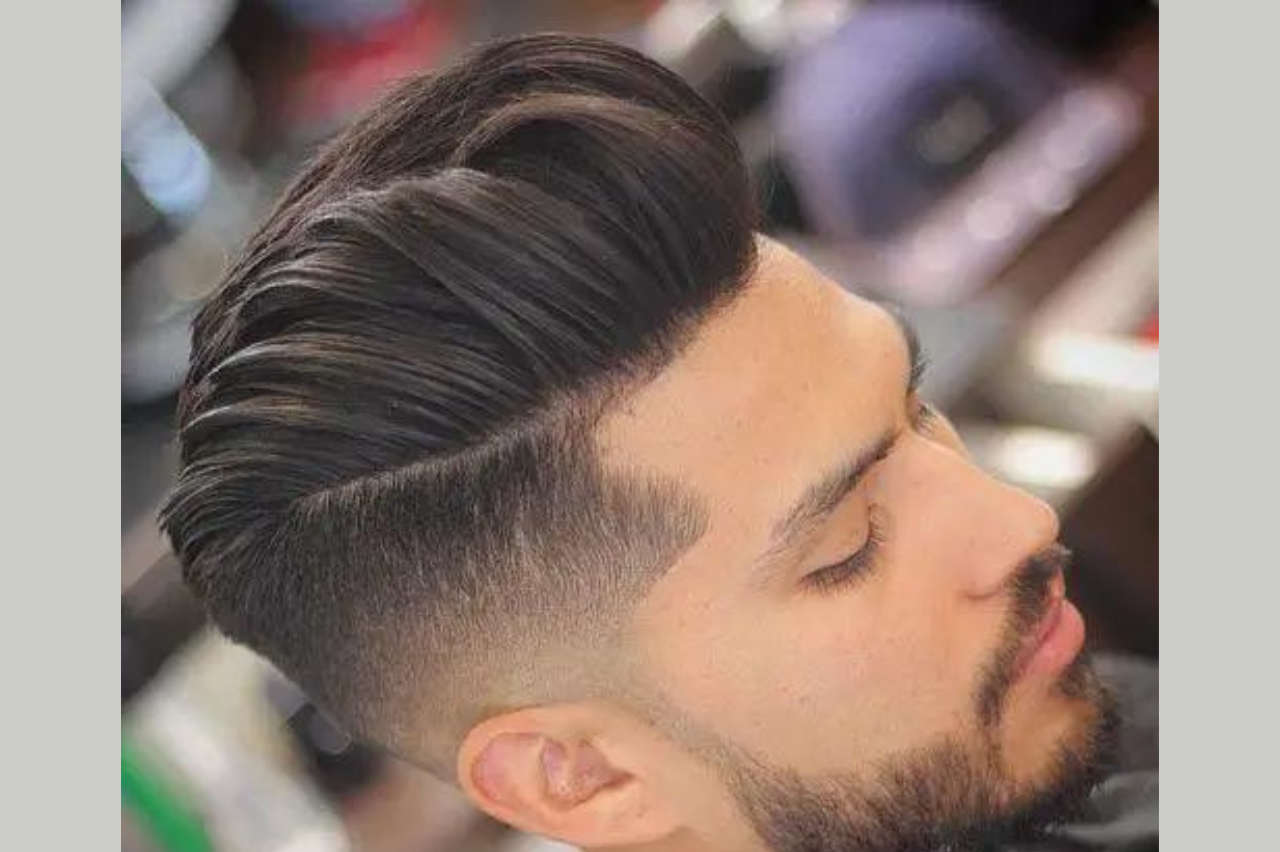
An undercut involves shaving the hair on the sides and back of the head very short while leaving the hair on top longer. A low fade undercut creates a clean and sharp contrast between the shaved portion and the longer hair on top.
How to Get a Low Fade Haircut Professionally
Communicating your desired low fade haircut to your barber or stylist is important to ensure you get the haircut you want. Here are some tips on how to explain the type of low fade haircut you want to your barber or stylist:
Bring visual aids
Consider bringing in pictures or examples of the type of low fade you want. This can help your barber or stylist understand your vision and give you a clearer idea of what to expect.
Use specific terms
Specific terms can also help you communicate the type of low fade you want. For example, if you want a low skin fade, ask for a fade that starts with a bald or zero guard at the bottom and gradually fades into your long hair on top.
Be specific about the length
It’s important to communicate how short you want your hair on the sides and back and how long you want the hair on top. You can use numbers to specify the length in inches or millimeters, or you can show your barber or stylist with your fingers where you want the hair to be cut.
Ask for recommendations
Your barber or stylist is a professional and can offer valuable insight into what type of low fade would work best for you based on your face shape, hair type, and lifestyle. Don’t be afraid to ask for their recommendations or advice.
Provide feedback during the haircut
As your barber or stylist is cutting your hair, provide feedback and ask for adjustments if needed. This can help ensure that you get the low fade you want.
How to Get a Low Fade Haircut at Home
While it’s best to go to a professional barber or stylist with experience creating this haircut, you can get one done yourself. And if the DIY approach is appealing to you, here is a general outline to follow:
Step 1 – Wash your hair
Ensure your hair is clean and free of styling products before starting off. This way, you can be sure of cutting through the hair easily to achieve your desired style.
Step 2 -Section off the hair
Start by sectioning off the hair on top with clips, exposing the hair on the sides and back.
Step 3 – Choose the starting point of the fade
Depending on the type of low fade you want, you must choose the fade’s starting point and gradually cut the hair shorter using clippers and scissors.
Step 4 – Blend the hair
Once the hair has been cut to the desired length, you will use clippers to blend the hair on the sides and back with the shorter hair on top. Gradually adjust the clippers’ guard sizes to create a seamless transition between the two lengths.
Step 5 – Finishing touches
Once the fade has been completed, you must make the necessary finishing touches, such as trimming the hair on top or cleaning up the hairline around the ears and neck.
Step 6 – Style the hair
Finally, style your hair on top to your desired look using products such as pomade or wax.
Things to Consider Before Getting a Low Fade Haircut
A low fade haircut might appear suitable to everyone; however, several factors must be considered before getting one. These factors will help you determine which low fade haircut style suits you. Here are some important things to keep in mind:
Face shape
The shape of your face can play a significant role in determining the best type of low fade for you. For example, if you have a round face, a short fade on the sides and a longer one on top can help elongate your face. If you have a square face, a low fade that is more angled or tapered can help soften your features.
Hair texture
Your hair texture can also impact the type of low fade that will work best for you. For example, if you have thick, coarse hair, a low fade that is more gradual may work better to avoid an awkward and abrupt transition between the shorter sides and longer hair on top. If you have thin or fine hair, a short fade on the sides and longer on top can help create the illusion of more volume.
Your lifestyle
It’s also important to consider your lifestyle when choosing a low fade haircut. If you have an active lifestyle or work in a profession that requires a more conservative look, a shorter, more polished low fade may be more appropriate. A longer, more textured low fade may be a better fit if you have a more casual or creative lifestyle.
Maintenance
Finally, it’s important to consider the maintenance required for a low fade haircut. If you have a low fade that is shorter on the sides, it will require more frequent maintenance to keep it looking clean and polished. If you have a long low fade, it may require more styling and maintenance to keep it looking its best.
How Long Does a Low Fade Last?
The duration of a low fade haircut can vary depending on several factors, including the rate of hair growth, the length of the fade, and the maintenance routine. Typically, a low fade haircut can last anywhere from 2 to 4 weeks before it starts to grow out and lose its shape.
If you want to extend the life of your low fade, you can do a few things. Be sure to follow a regular maintenance routine, including trimming the hair around your ears and neck and using products to style your hair. This can help keep your low fade looking tidy for longer.
FAQ
How often do you get a low fade haircut trimmed?
The frequency with which you should get a low fade haircut trimmed depends on the length of the fade, your hair growth rate, and your preference. Generally, a low fade haircut must be trimmed every 2-4 weeks to maintain its shape and style.
How much does a low fade haircut cost?
The cost of a low fade haircut can vary depending on the location, the experience of the barber or stylist, and the specific services included in the haircut. Generally, the cost of a low fade haircut can range from $15 to $50 or more.
Conclusion
Low fade haircuts are a popular and versatile hairstyle that can work for various hair types, face shapes, and lifestyles. With proper maintenance and care, a low fade can keep you looking sharp and polished for weeks.

